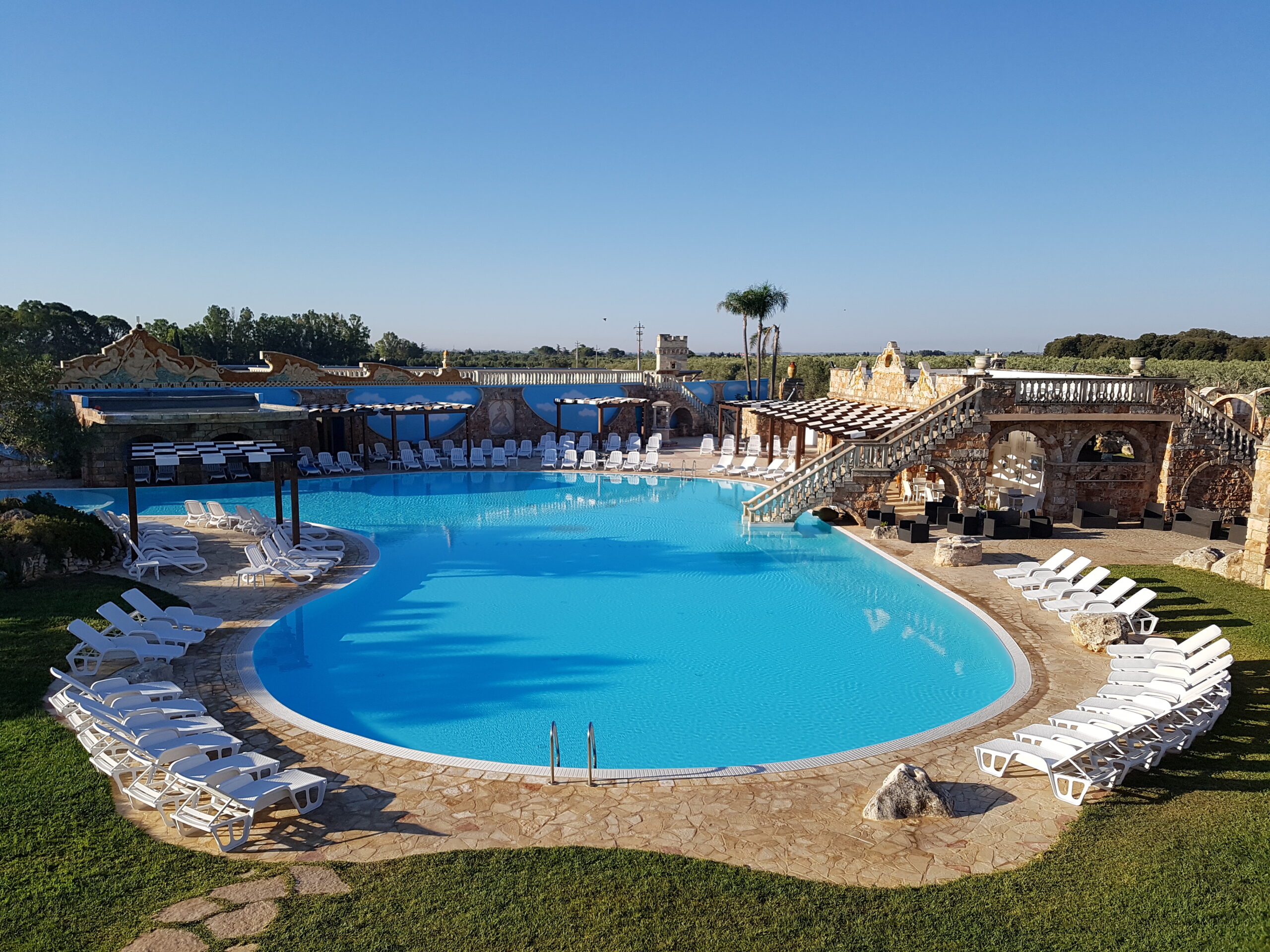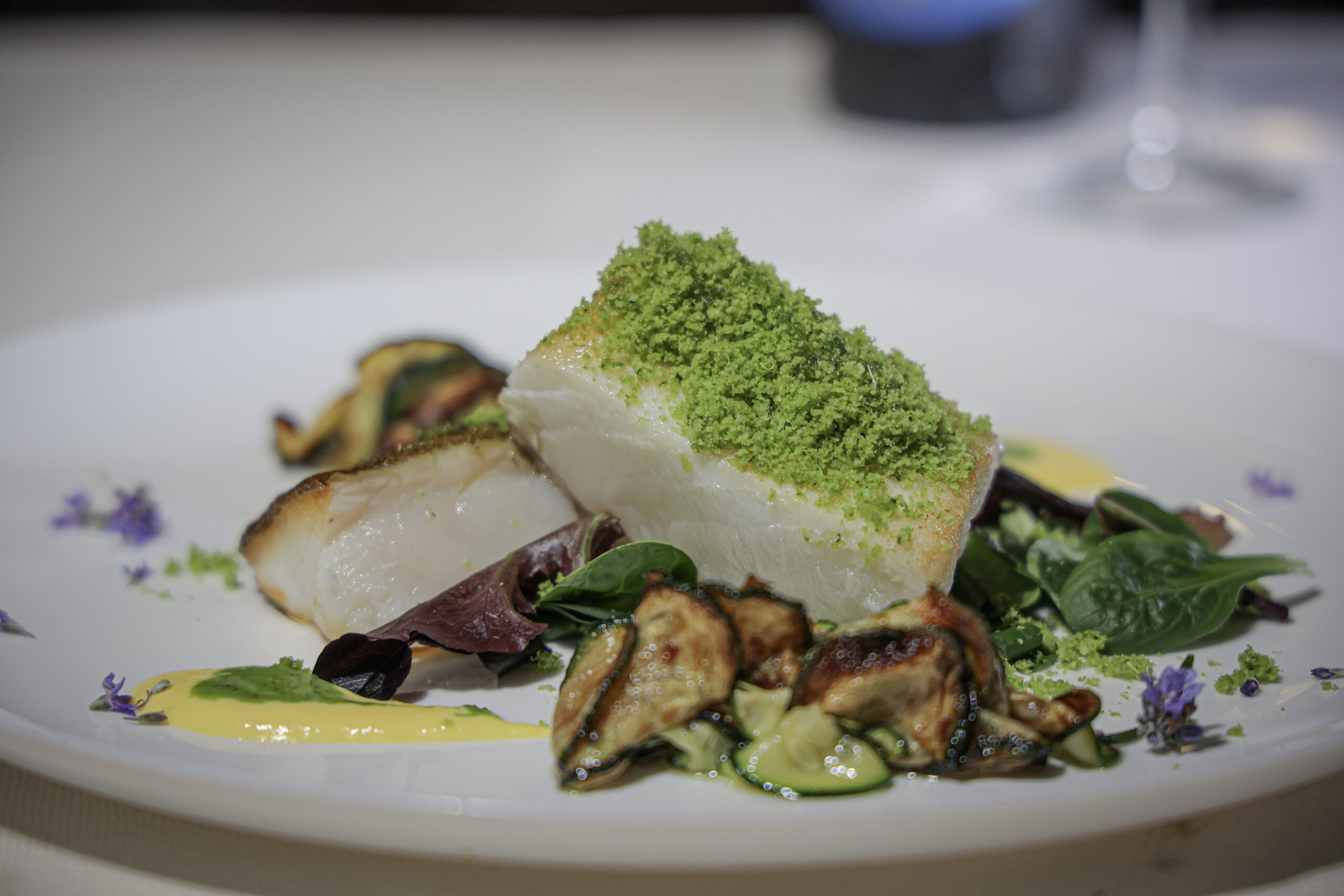Cover photo: Sunset Landscape and the Castle of Auvers © Van Gogh Museum, Amsterdam (Vincent van Gogh Foundation)
The Oise Valley, with its light and natural beauty, inspired some of the finest works of Impressionism. From Van Gogh to Pissarro, discover landscapes that feel like life-size paintings. With the advent of the railway, 19th-century artists left their Parisian studios to set up their easels along the Oise, in the streets of Pontoise, in the lanes of Auvers… Today, it’s your turn to experience art on Teritoria’s Impressionist tour of France.
The Impressionist Tour: in the footsteps of Daubigny
Auvers-sur-Oise drew artists such as Daubigny, Cézanne, Corot, Pissarro and, of course, Van Gogh, and still captivates today with its authentic, bucolic character.

The Daubigny Museum houses paintings, drawings, and engravings by the Daubigny family and by other artists inspired by the water and light of Auvers-sur-Oise, such as Alechinsky, Clavé, Messagier, Lavech de Chancy, and Le Douanier Rousseau. A little further up the street, you can visit Daubigny’s house-studio to learn more about “the painter of water.” Listed as both a Historic Monument and a Maison des Illustres (House of Illustrious People), it was once a meeting place for his friends, Corot, Daumier, Berthe Morisot, and others, and became a landmark of the Impressionist movement.


To immerse yourself in the artist’s fascinating work, a visit to Le Botin in Auvers-sur-Oise is a must. Listed as a heritage site, this replica of Charles-François Daubigny’s boat reveals the beauty of the water as he saw it.
Impressionist tour: in the footsteps of Van Gogh
Vincent Van Gogh spent his last 70 days in Auvers-sur-Oise, a prolific setting for his art. This picturesque town, its inhabitants and its authentic buildings inspired him to create 75 works.

To reconnect with nature and his art, the ‘misunderstood genius’ took up residence at the Auberge Ravoux, where his small attic room has been preserved in its original state. Bathed in golden light from its skylight, the modest space became the setting of his final days. Out of respect, it has never been rented again. Since 1890, the room has remained as it was, offering visitors a striking encounter with art history in the intimacy of his surroundings. In the restaurant downstairs, the painter kept a regular table at the back of the room, while later Malraux chose his own spot by the window. The Auberge has retained its traditional atmosphere since 1876, in the interior design of its rooms, in the platters, cheeses, and wines on offer, once nicknamed Van Gogh’s ‘remedy.’


On the day of his death, Van Gogh painted Roots, a work that long puzzled experts. In 2020, the site that inspired the Dutch painter was finally rediscovered. Gnarled tree stumps, an ordinary roadside, bare earth, unremarkable details, yet they formed the model for his last unfinished canvas. The breakthrough came by chance: during the 2020 lockdown, the scientific director of the Van Gogh Institute came across an old postcard while sorting through files. The image showed Rue de Daubigny, with a copse of roots clearly recognisable from the painting, and the mystery was solved. Today, the town of Auvers-sur-Oise offers a walk retracing the artist’s final day, beginning at 46 Rue de Daubigny, just steps from the museum of the same name. An ideal route for those seeking both history and authentic natural surroundings.


For hiking enthusiasts, the Parcours des Peintres de la Vallée de l’Oise (Oise Valley Painters’ Trail) is a 9 km Impressionist tour linking Pontoise and Auvers-sur-Oise, through the landscapes that inspired Van Gogh, Corot, Cézanne, Daumier, Pissarro, and Daubigny. Along the way, plaques show the works painted here in the 19th century, offering a moving dialogue between nature and masterpiece.
Impressionist tour in the footsteps of Camille Pissarro, pioneer of Pontoise
From 1866 to 1883, Pontoise was home to Camille Pissarro. Its picturesque streets, particularly the Quai du Pothuis, the Pont de Pontoise, and the Hermitage district, inspired many of his works. He immortalised them in Les Toits Rouges (The Red Roofs), now on display at the Musée d’Orsay. Captivated by the reflections of the Oise River, Pissarro settled in this historic town and invited Cézanne and Guillaumin to join him. Together, they painted the landscapes of Pontoise and explored engraving at the studio of Dr Gravet, who kept a press in town. Each left his personal mark on a print: a delicate flower for Pissarro, a mysterious hanged man for Cézanne, a mischievous cat for Guillaumin, and a playful duck for Dr Gachet. These rare engravings and paintings can now be admired at the Musée Tavet in Pontoise.

Pissarro’s presence in Pontoise drew many other Impressionist artists to the Val-d’Oise, among them Ludovic Piette, Victor Vignon, Paul Gauguin, Lucien and Georges Pissarro, Émile Boggio, and Ludovic-Rodo. He also encouraged Claude Monet to visit, praising the beauty of the countryside and expressing his regret at leaving it. Later, on the advice of the “Patriarch of Impressionism,” Van Gogh chose to settle in Auvers-sur-Oise, where he discovered the surrounding landscapes after a stay with Dr Gachet.
For those wishing to experience the works in their natural setting, the town of Pontoise offers guided Impressionist walks. Cruises also run from Pontoise to Auvers, revealing the landscapes of the Val-d’Oise immortalised by the greatest painters of the 19th century.
From cruises on the Oise to Impressionist walks, every step of this tour invites you to relive the emotions of the great masters. The journey continues on our website, where you can discover other regions that are equally authentic, or enhance your experience through our gift shop and loyalty programme. To stay connected with our itineraries, stories, and inspirations that bring heritage to life, subscribe to our newsletter, and let us guide you to your next getaway.
By Emilie Fallot Nguyen



















































































